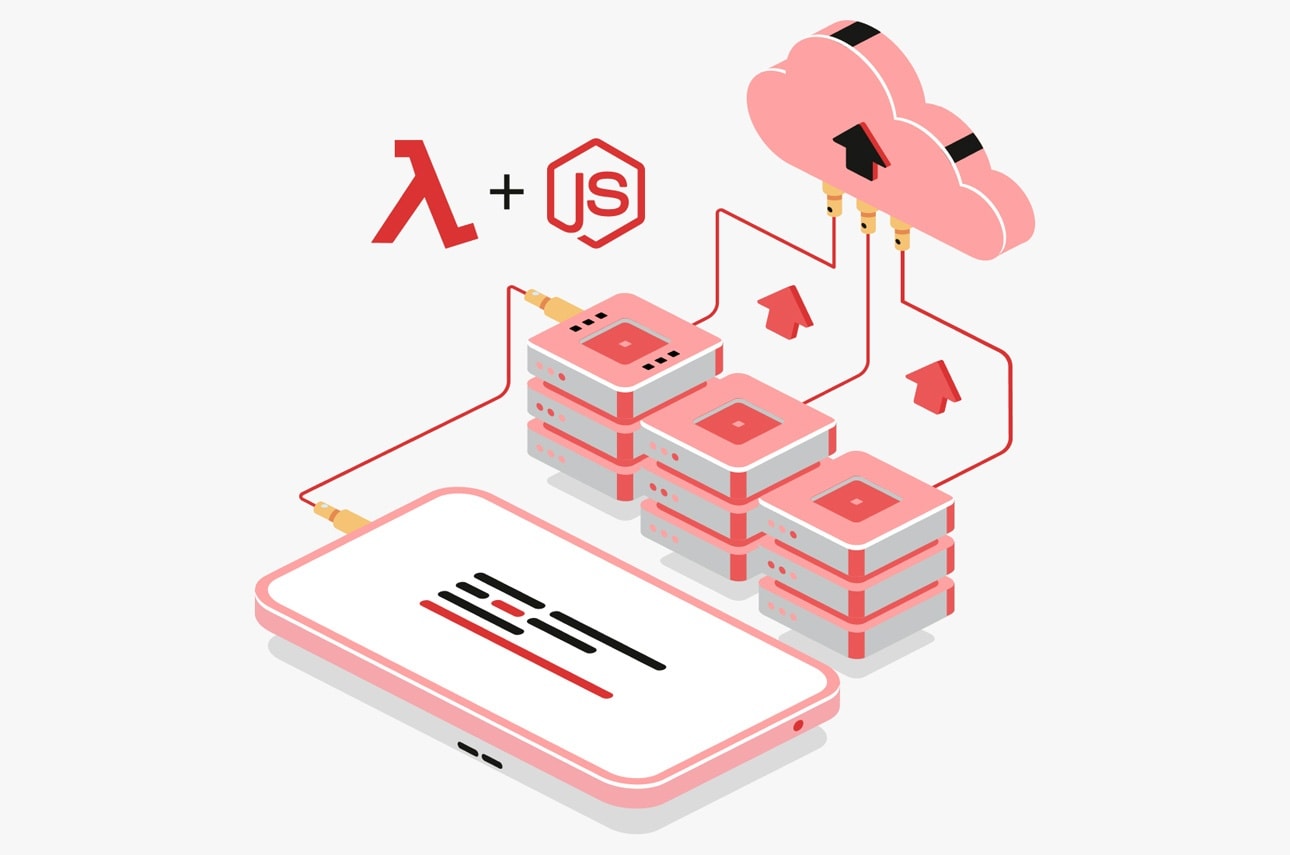A Comprehensive Guide To Develop Serverless Apps With AWS Lambda And Node.JS
Lambda is a cloud-based serverless app service supplied by Amazon Web Services. It allows you to run code without having to provision or manage servers, which is a huge benefit. Lambda executes the code after you’ve entered it, and then automatically scales it up. You only pay for the computer time, not for the time it takes to run your code.
An open-source framework for creating JavaScript server applications, Node.js is a JavaScript server application development platform. When writing command-line tools for server-side scripting, Node.js is a great choice. The major benefit of Node.js is that it allows you to utilize only one language.






